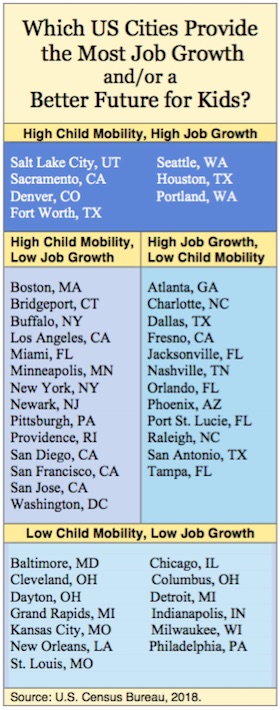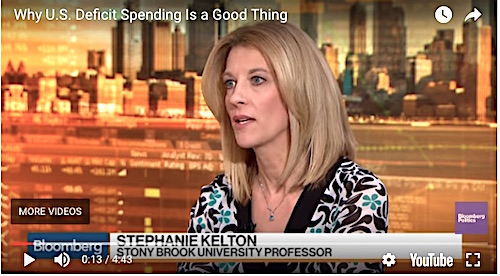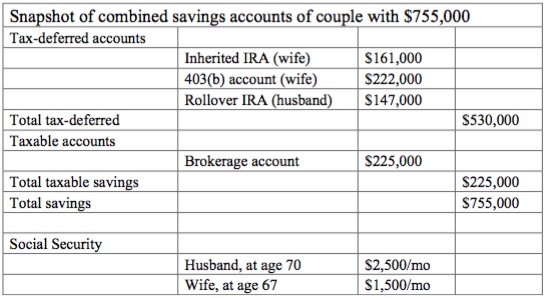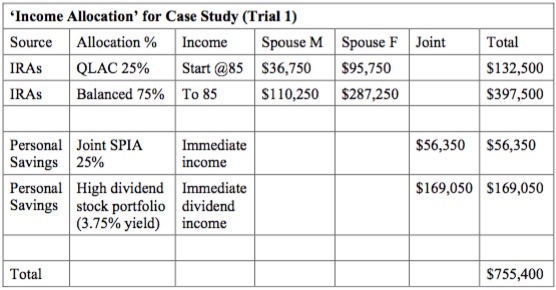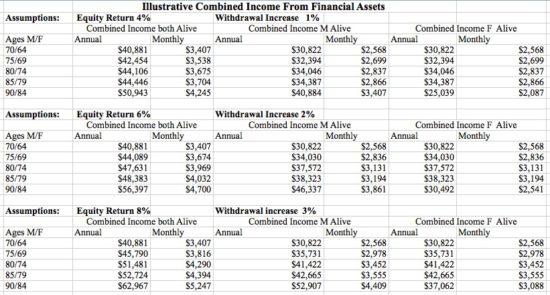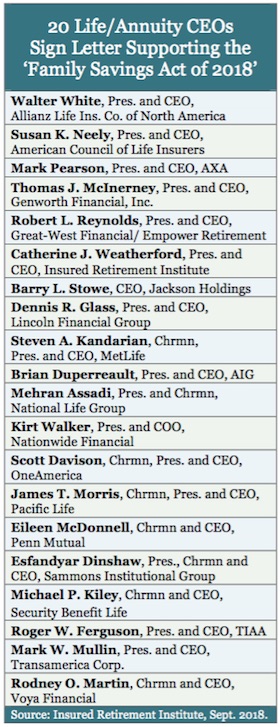
The US stock market, as measured by the monthly real (inflation- adjusted) S&P Composite Index, or S&P 500, has increased 3.3-fold since its bottom in March 2009. This makes the US stock market the most expensive in the world, according to the cyclically adjusted price-to-earnings (CAPE) ratio that I have long advocated. Is the price increase justified, or are we witnessing a bubble?
One might think the increase is justified, given that real quarterly S&P 500 reported earnings per share rose 3.8-fold over essentially the same period, from the first quarter of 2009 to the second quarter of 2018. In fact, the price increase was a little less than equal to earnings.
Of course, 2008 was an unusual year. What if we measure earnings growth not from 2008, but from the beginning of the Trump administration, in January 2017?
Over that 20-month interval, real monthly US stock prices rose 24%. From the first quarter of 2017 to the second quarter of 2018, real earnings increased almost as much, by 20%.
With prices and earnings moving together on a nearly one-for-one basis, one might conclude that the US stock market is behaving sensibly, simply reflecting the US economy’s growing strength.
But it is important to bear in mind that earnings are highly volatile. Sudden sharp increases tend to be reversed within a few years. This has happened dramatically more than a dozen times in the US stock market’s history.
Earnings are different from most other economic variables, because they are defined essentially as the difference between two series: revenues and expenses. Rapid growth in earnings for a few years can thus easily be followed by a return to the long-term trend or even subpar levels. In fact, S&P 500 reported earnings per share were negative during the fourth quarter of 2008, partly owing to financial-crisis-induced write-offs. Of course, that episode didn’t last (and its significance has been questioned).
Market participants ought to know that they shouldn’t overreact to earnings growth, but they sometimes forget if popular narratives mislead. Consider an example from a century ago. Although real S&P Composite annual earnings rose 2.6-fold in just two years, from around trend in 1914 to a record high in 1916, stock prices rose only 16% from December 1914 to December 1916. Why didn’t the market respond as it has recently?
From newspaper reports at the time, one can glean some clues. Most important, people attributed the increase to sudden panicky demand for US goods from Europeans and others at the beginning of World War I. When the war ended, then, profits would return to normal. Moreover, widespread anger over high war profits while men were being conscripted to risk their lives led many people, not just Americans, to start advocating for “wealth conscription.” This forgotten term, which dropped out of usage following World War II, referred to heavy taxation on sudden increases in profits. Indeed, the US first imposed a punitive tax on corporate profits above prewar levels when it entered the war in April 1917.
But stock price movements haven’t always been as rational as they were in 1916. Market reaction to earnings increases was much more positive in the “roaring twenties.” After the end of the 1920-21 recession, real annual earnings, which had been depressed by the downturn, increased more than fivefold in the eight years to 1929, and real stock prices increased almost as much – more than fourfold.
What was different about the 1920s was the narrative. It wasn’t a foreign war story. It was a story of emergence from a “war to end all wars” that was safely in the past. It was a story of the liberating spirit of freedom and individualistic fulfillment. Unfortunately, that spirit did not end well, with both stock prices and corporate earnings crashing catastrophically at the end of the decade.
There was then a period, from 1982 to 2000, when real stock prices increased 7.5-fold while real annual earnings only doubled. The end of this period has been called the dot-com boom or Internet boom, but most of the price growth preceded the tech- driven “new economy” narrative, and declining inflation helped throughout. By 2003, however, both real earnings and real stock prices fell by almost half.
Then, from 2003 to 2007, during a period of gradual recovery following the 2001 recession, real corporate earnings per share almost tripled. But the real S&P 500 less than doubled, because investors apparently were unwilling to repeat their mistake in the years leading to 2000, when they overreacted to rapid earnings growth. Nonetheless, this period ended with the financial crisis and another collapse in earnings and stock prices.
That brings us to the current boom in earnings and prices. Apparently, investors believe that this boom is going to last, or at least that other investors think it should last, which is why they are bidding up stock prices in a dramatic response to the earnings increase.
The reason for this confidence is hard to pin down, but it must be rooted in the public’s loss of healthy skepticism about corporate earnings, together with an absence of popular narratives that tie the increase in earnings to transient factors. Talk of an expanding trade war and other possible actions by a volatile US president just does not seem strongly linked to talk of earnings forecasts – at least not yet.
A bear market could come without warning or apparent reason, or with the next recession, which would negatively affect corporate earnings. That outcome is hardly assured, but it would fit with a historical pattern of overreaction to earnings changes.
© 2018 Project Syndicate.

